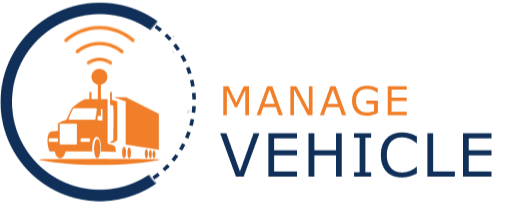Proactive driver training can reduce collisions, injuries, and fatalities while also lowering fleet operating costs. It’s also worth noting that your most valuable asset is your workforce. They represent your company, and those who stay behind the wheel have a greater impact on how your company is perceived outside of the workplace.
Dangers could be hiding around every corner, whether roads are busy or not. In fact, the majority of car and pedestrian accidents are caused by drivers going too fast or too slow. Thus, it’s crucial to develop, implement, and manage a fleet driver training program. Read on as we walk you through the steps required to create an effective fleet driver training strategy.
Step 1: Determine Training Requirements
To begin, identify the current risks associated with your drivers, vehicles, and daily operations, as well as incident data. To assess risk, telematics and collision data should be used, and fleet analysis technologies can help with training selection.
While accident data is critical, other sources of data that contribute to the overall picture must also be considered.
It is more proactive and effective to have a comprehensive picture of driving behaviour and ability. Data on excessive speeding and abrupt stopping, for example, may aid in identifying judgment and performance issues that contribute to fleet accidents.
After identifying current problems and performance benchmarks, addressing specific issues and the training needed to solve them effectively would be much easier. Maintaining a fleet or driver management software is a good start to help you keep track of all these data.
Step 2: Select an Instructional Method
Now that you have a firm grasp of the requirements for driver training, you can focus on identifying the most effective options. You can achieve your objectives using a variety of training methods, each with its own set of benefits and drawbacks:
1. Workshops and Group Sessions
This is a low-cost method of training a large number of people. However, they do not support individual driver-centred learning and have a limited scope.
2. Online Education Services
This type of training is fairly convenient in terms of scheduling sessions that are tailored to each employee’s job responsibilities. However, keep in mind that online instruction is less engaging than face-to-face instruction.
3. Fleet Driver Education
This method is especially useful when operating specialized vehicles and equipment. In these situations, on-road driver instruction is extremely effective because the trainer or teacher can work directly with each driver to teach safe driving techniques. However, this training method is also time-consuming and costly.
4. Driver Coaching
This employs telematics and other data to assist drivers in reflecting on why an event occurred, resulting in a better understanding of what went wrong and the skills required to improve decision-making.
Driver tutoring is more expensive and time-consuming than on-the-road training. To ensure its effectiveness, your company’s training should be evaluated and modified on a regular basis.
Step 3: Implement Your Strategy
Creating a training program is perhaps the most important component. This involves a well-defined set of schedules, objectives and a mechanism for tracking training completion that will help to reduce confusion and unresolved issues.
All stakeholders, including upper management, must be involved for training to be completed effectively. Drivers must also understand why training is necessary in order to benefit both your organization and themselves. As a result, a well-planned driver communication strategy is critical to the program’s success.
Conclusion
Driver education has unquestionably many advantages. Improved driver training and confidence contribute to lowering the car, legal, insurance, and administrative costs associated with accidents. Moreover, you can improve your company’s performance while also reducing accidents, injuries, and fatalities by promoting the safety of your drivers and other road users.
Manage Vehicle is a professional company vehicle management system based in Melbourne, Australia. We provide the best fleet management software in the business for both large and small fleets, all while minimizing fuel expenses. Schedule a consultation with us today and optimise your operations!




